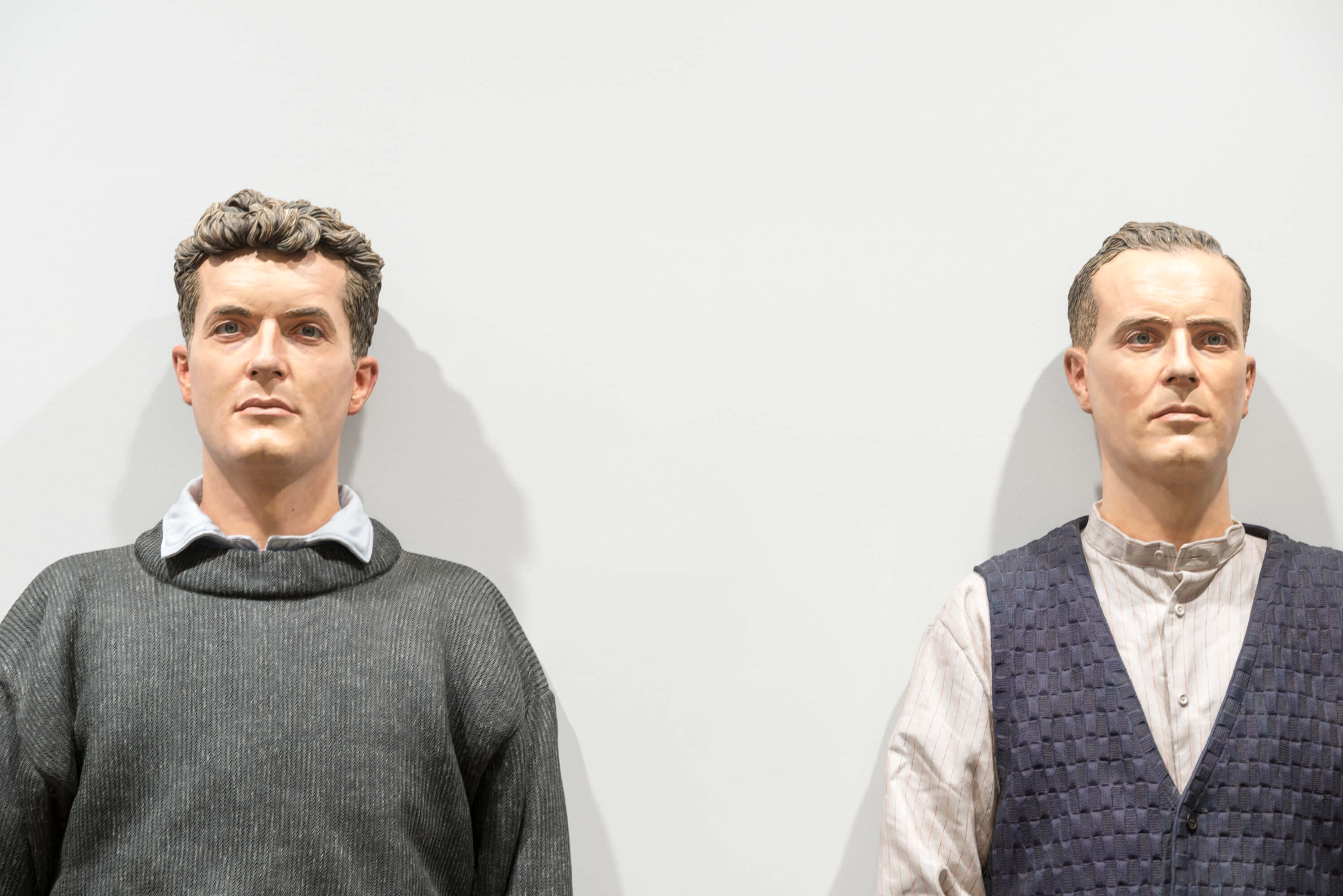Pera Classics welcomes Anemos Trio, blending the harmony of flute, clarinet, and bassoon with the vibrant colors of music, on November. Comprised of three master musicians who have achieved significant success both in academia and concert halls, the trio stands out with their distinguished repertoire.
The concert will take place on the same floor where the Orientalist Painting Collection Intersecting Worlds: Ambassadors and Painters is exhibited, offering listeners a spellbinding musical journey into history.
Priced at 350 TL, the tickets are available at Biletix.com or may be purchased from the reception desk of the Pera Museum on the day of the event. Friends of Pera Museum may enjoy a 20% discount. Seats are limited and unnumbered. The concert is without intermission and lasts approximately 1 hour.
The event is suitable for ages 7 and above. Children aged 7 to 12 are welcome to attend the concert when accompanied by an adult.
Anemos Trio
Aysu Zehra Şanver (Flute)
Ebru Mine Sonakın (Clarinet)
Onur Üzülmez (Bassoon)

The exhibition Look at Me! Portraits and Other Fictions from the ”la Caixa” Contemporary Art Collection examines portraiture, one of the oldest artistic genres, through a significant number of works of our times. Through the exhibition we will be sharing about the artists and sections in “Look At Me!”.

The Suna and İnan Kıraç Foundation’s Orientalist Painting Collection includes two children’s portraits that are often featured in exhibitions on the second floor of the Pera Museum. These portraits both date back to the early 20th century, and were made four years apart. One depicts Prince Abdürrahim Efendi, son of Sultan Abdulhamid II, while the figure portrayed on the other is Nazlı, the daughter of Osman Hamdi Bey.
Tuesday - Saturday 10:00 - 19:00
Friday 10:00 - 22:00
Sunday 12:00 - 18:00
The museum is closed on Mondays.
On Wednesdays, the students can
visit the museum free of admission.
Full ticket: 300 TL
Discounted: 150 TL
Groups: 200 TL (minimum 10 people)